MELAKA(Bernama) –Life as a submariner is not always plain sailing as he can spend weeks or months at sea, including below the ocean surface without any natural light.
Crew members on board a submarine have much to endure, cut off from normal life on shore for a long period of time and have to accept cramped conditions and above all, they face the daily dangers of sea and weather.
Royal Malaysian Navy (RMN) Officer Capt Khairulnizam Said, 46, who now serves the Submarine Command Headquarters operations at Teluk Sepanggar, Sabah, shared his story on what it was like living on a submarine.
“I was serving KD PELANDOK when I was offered to undergo training as a submariner in early 2005. This was part of RMN’s preparations prior to receiving its modern submarine force during that time.
“In fact, my journey as a submariner took off the minute I was called for a written test and interview. I was grateful to have passed the test and was assigned to undergo training together with 91 officers and men of other ranks in Brest, France,” he said when contacted by Bernama recently.
According to the father of three, during the period 2005 to 2008, they were given theoretical and practical exposure including past and latest submarine technology.
OUESSANT TRAINING
At the port city of Brest, the second French military port after Toulon, Khairulnizam said, they were trained to operate the Ouessant (pronounced as Wey-Son), a submarine built for the French Navy.
“The most memorable was when my colleagues were also selected for the first voyage and training exercise on board the Ouessant vessel amid bad weather.
“But I was proud to have passed the series of gruelling tests and intensive courses safely,” said Khairulnizam, who was born and bred in Kampung Paya Rumput, Masjid Tanah, Melaka.
Sharing his voyage beneath the waves, Khairulnizam said the memories of having to eat his meals under a cramped space, still linger till today.
“Despite the limitations, we could still enjoy the food prepared by the ‘bendari’ (chef) on board the submarine. For comfort, we took turns in two separate groups to have our meals.
“From a relatively small amount of ingredients, the chef still managed to cook up a wide selection of favourites, including Malaysian culinaries such asmasak lemakand curry,” he said.
In fact, in the early stages, we were allowed to bring our stock of instant noodles during our undersea training, and we could only have them on completion of our tasks, especially at night.
Based on the Malaysian experience, he said, Ouessant decided to provide instant noodles for subsequent undersea journeys.
Comfort is one of the last things in mind for submariners as they have to deal with claustrophobic conditions in an enclosed pressurised container. There is little room to walk around, restrooms and showers are cramped.
Khairulnizam said there was limited space for sleeping where only bunk beds were provided which allowed one to lie face up.
“It was tough at first, but as the days progressed, most of us learned to accept it,” he said.
DOLPHIN BADGE
“After a year of training, the much-awaited moment was when the coveted Dolphin badge was pinned on our uniform, the mark of a qualified submariner,” he said.
To be awarded the Dolphin badge, a trainee was frequently tested on his knowledge, performance and capabilities in handling the submarine and its technology.
“Despite the excitement of going through the undersea training, I was always worried as we were assessed from all aspects, including our behaviour, our interaction among crew members and instructors, problem-solving skills and of utmost importance is our ability to work as a team.
“Without these elements, a mariner could endanger himself, the crew and the submarine that he was handling,” he said.
Upon his conferment as submariner, Khairulnizam was assigned by RMN as the first batch commissioned to operate the nation’s second submarine, KD TUN RAZAK.
Malaysia acquired two Scorpene submarines which were developed by French-based DCNS and Spanish naval shipbuilder, Navantia respectively. The first submarine named KD TUNKU ABDUL RAHMAN arrived in the country in 2009 while KD TUN RAZAK reached Malaysian shores in 2010.
On the differences between Ouessant and KD TUN RAZAK, he said the former is based on technology of the past while the latter is driven by the latest technology and equipped with automated auxiliary systems,” said Khairulnizam.
According to news reports, the Ouessant submarine was commissioned by the French Navy in 1979 and transferred to the RMN to act as a training sub from 2005 to 2009.
OUESSANTIMMORTALISED AS A MUSEUM
The FS Ouessant Agosta 70 submarine is about 67 metres in length, 11 metres in height and 6.5 metres in width. Weighing about 1,300 tonnes, it was transported by sea from the French naval base in Brest in October 2011 and arrived in the Melaka waters on Nov 12, 2011.
The submarine, which is now immortalised as a submarine museum at the Maritime Museum Complex, Pantai Berlian Klebang, here, is reputed to be the first and only submarine museum in Malaysia. It was open to the public on Nov 22, 2011for 10 days and closed for refurbishment work and reopened on Dec 17, 2011.
Melaka Museum Corporation (Perzim) assistant Saiful Bahari Harun said the historic moment is still fresh in his mind when the submarine arrived at the museum.
“I watched in awe at the first sight of the submarine when it finally reached the museum. The first thing that came to mind was how the crew members on board the submarine survived under the cramped space,” said Saiful Bahari, who was the first among civilians in the country to board the submarine.
He has also not forgotten the foul odour permeating from the submarine, adding that the museum had to be closed for nearly a week to remove the smell and ensure the air was safe for visitors.
PRESERVING ITS ORIGINAL FORM
Perzim curator Syahidah Abu Sah said not many changes were made to Ouessant before the museum opened its doors to the public.
“Not more than five per cent (changes) was done to maintain the vessel’s original form. We only drilled a hole in the submarine’s wall or bulkhead to serve as entrance to the museum. Besides that, we built a sun-shading device and displayed several information plates at various sections of the submarine…the rest was retained,” she said.
Meanwhile, Perzim General Manager Mohd Nasruddin Rahman said the museum plans to give the submarine structure a facelift by repainting the body and to present a clean and fresh aspect to visitors.
“This is only part of our conservation efforts to keep the fabric of construction of the submarine suitably maintained to ensure longevity and in addition to attracting visitors,” he added.
Sources: BERNAMA

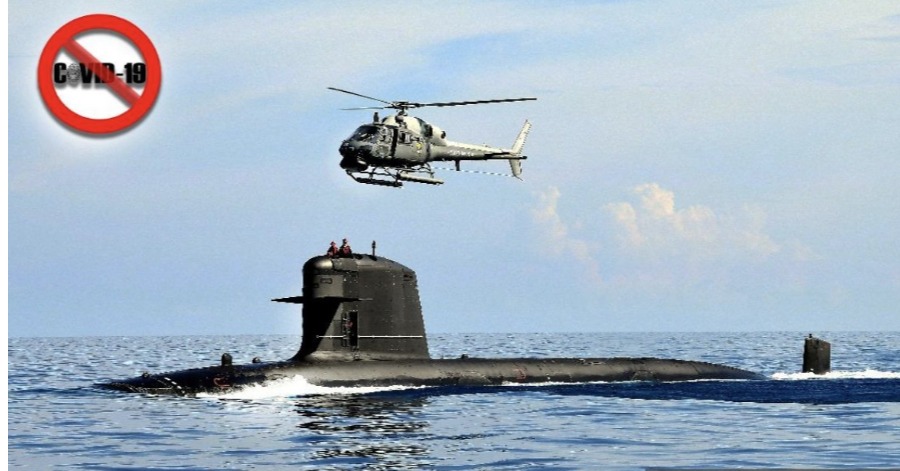
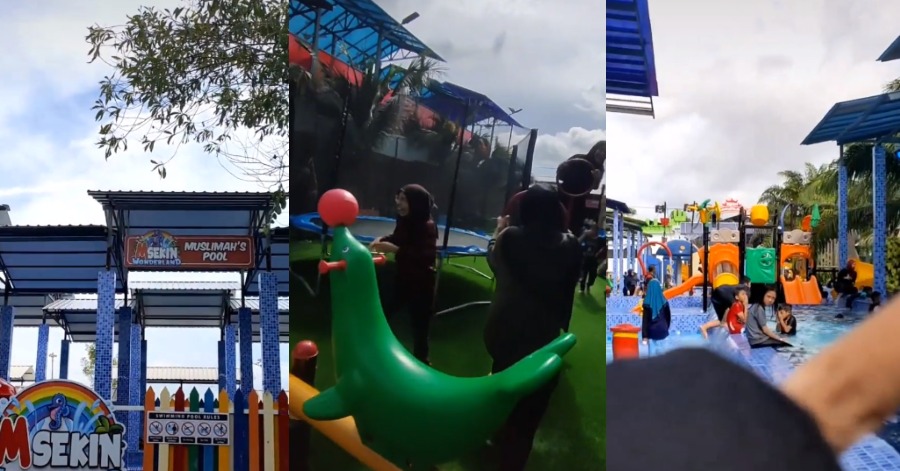
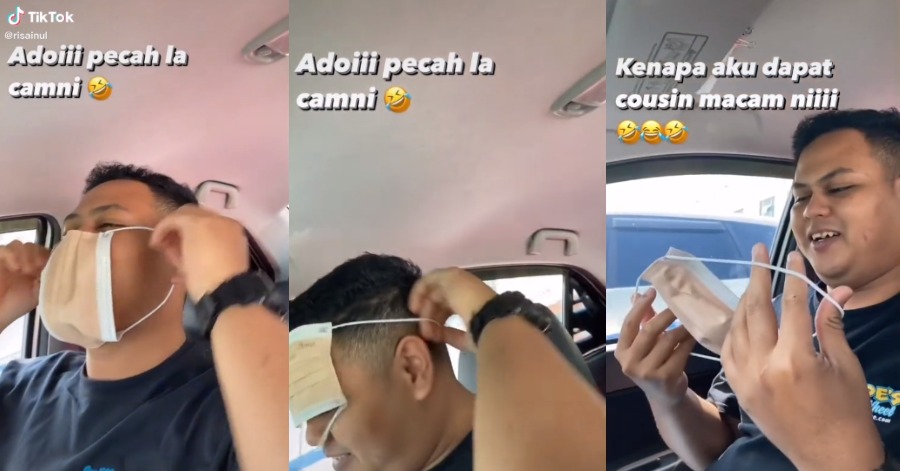

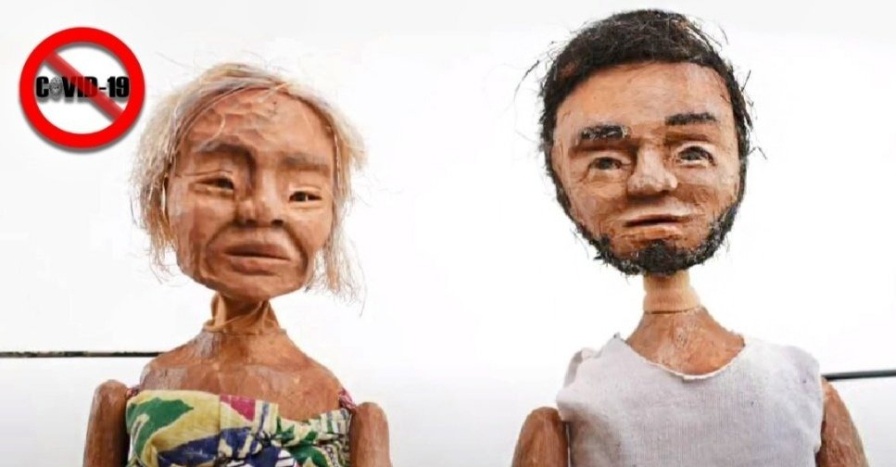


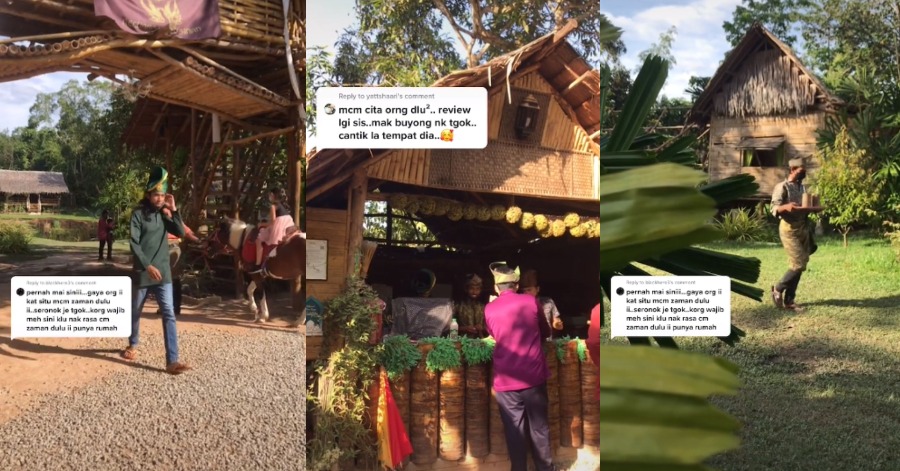
Leave a Comment